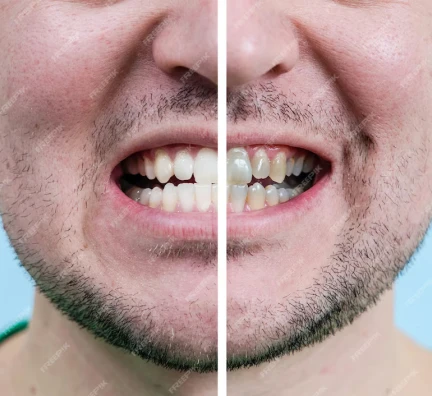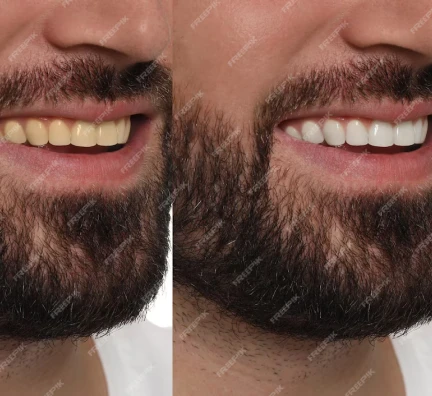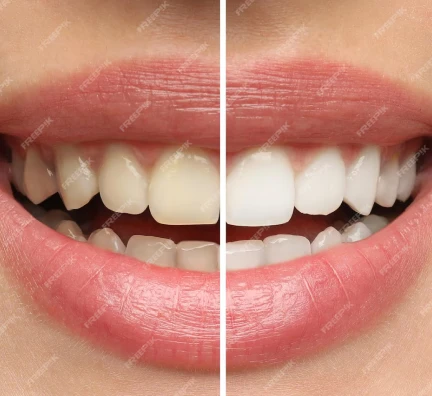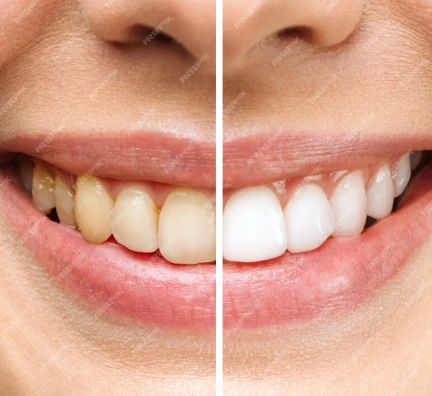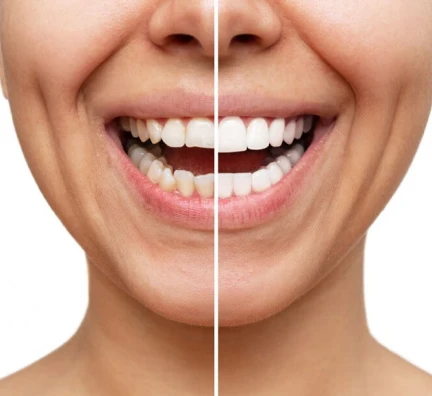Overdenture (Full Removable Denture on Implants)
Imagine smiling again with freedom… Today, that can be a reality!

The overdenture (full removable denture on implants) is ideally designed for the lower arch, in areas where the ridge cannot provide good support for a conventional prosthesis. It’s the best option for those seeking greater stability in their removable dentures. This type of denture fits over dental implants, which provides greater stability when speaking, eating, and smiling.
Advantages of the procedure
Greater Stability
The overdenture is securely attached to implants, preventing unwanted movement.
Comfortable and Removable
Although anchored to implants, the patient can easily remove it for cleaning.
Improves Facial Aesthetics
By preserving bone structure, it helps prevent facial collapse.
Improved Quality of Life
The patient regains confidence to speak and chew without fear of the denture moving.
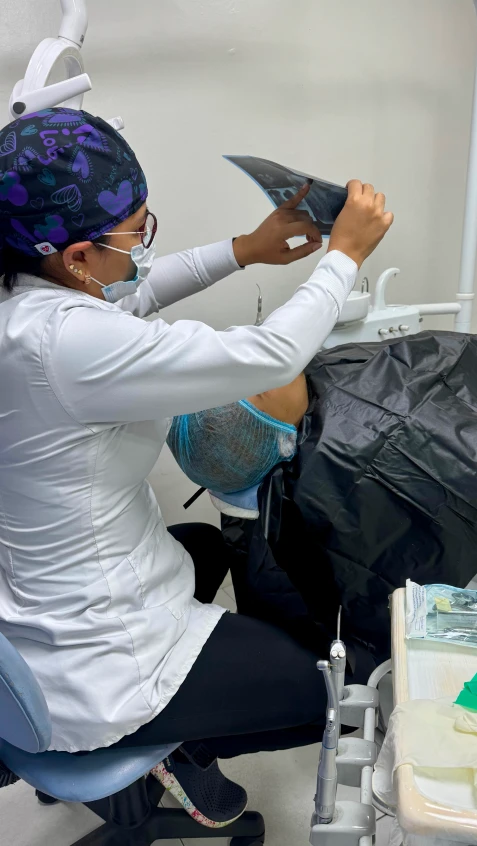
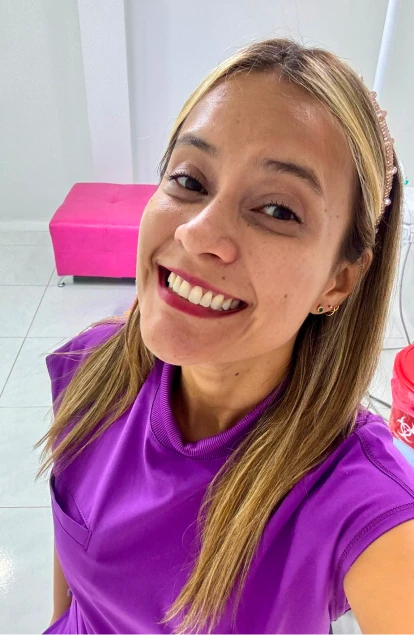
Costs
The best prices
The cost of an overdenture can vary depending on the number of implants placed and the complexity of the case. It will be determined after a personalized evaluation of each patient. The price range is between $36,000,000 and $55,000,000 COP.
*Choose high-quality treatments while saving up to 60% compared to costs in the United States and other countries.*
Frequently Asked Questions
Everything you need to know
Step by step procedure
Step 1
Initial Consultation
Dr. Lina Marcela Osorio and her team evaluate each case using X-rays, an oral examination, photographic records, and impressions of the patient’s arches to design a personalized treatment plan.
Step 2
Case Projection Appointment
We’ll conduct a trial of a prosthesis, called a tentative set-up try-in. This helps us focus, guide, and analyze the ideal position for your implants.
We’ll schedule four appointments to provide you with a transitional prosthesis.
Step 3
CT Scan
A CT scan will be taken and analyzed to pinpoint the exact areas where your implants will be placed.
Step 4
Implant Placement
This involves the surgical placement of your dental implants, along with any necessary follow-up control appointments.
Step 5
Healing Period and Transitional Prosthesis Use
You’ll have a 6-month healing period for your implants. During this time, you’ll wear a transitional prosthesis, which you can typically start using about two weeks after your implant surgery.
Step 6
Second Phase: Rehabilitation
After the 6-month healing period, we’ll create your definitive prosthesis. This will be guided by your transitional prosthesis, ensuring the correct height, position, color, and tooth shape. We anticipate at least four appointments for the creation of your definitive prosthesis.
Control
We’ll schedule a control appointment to evaluate your adaptation to the new prosthesis.
